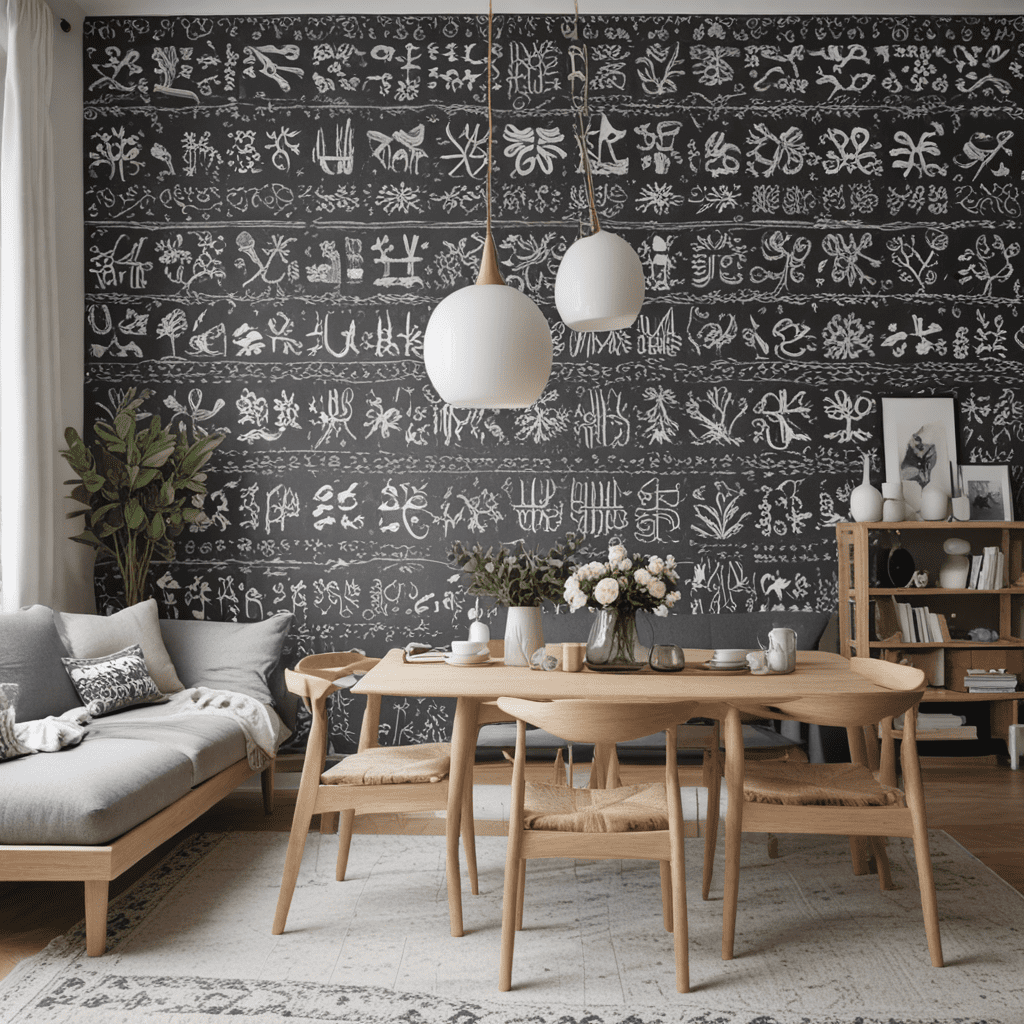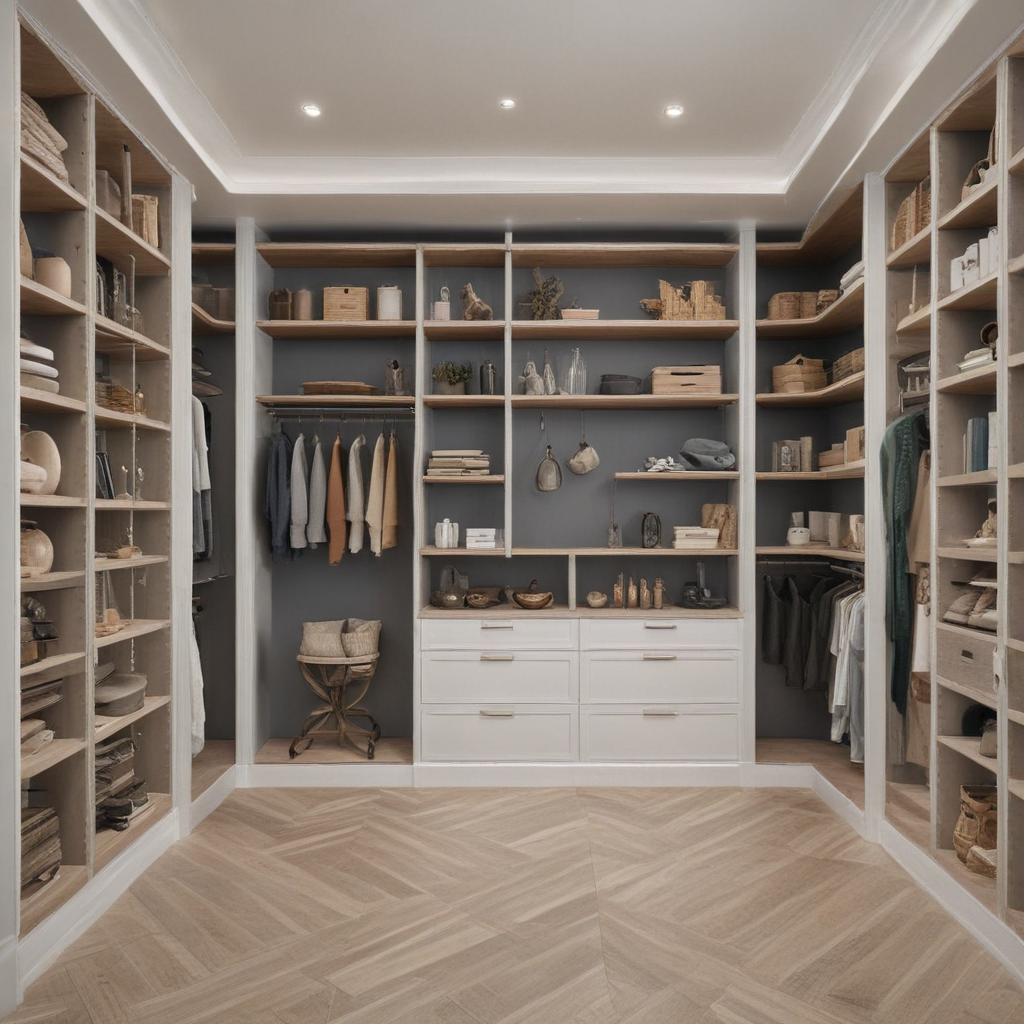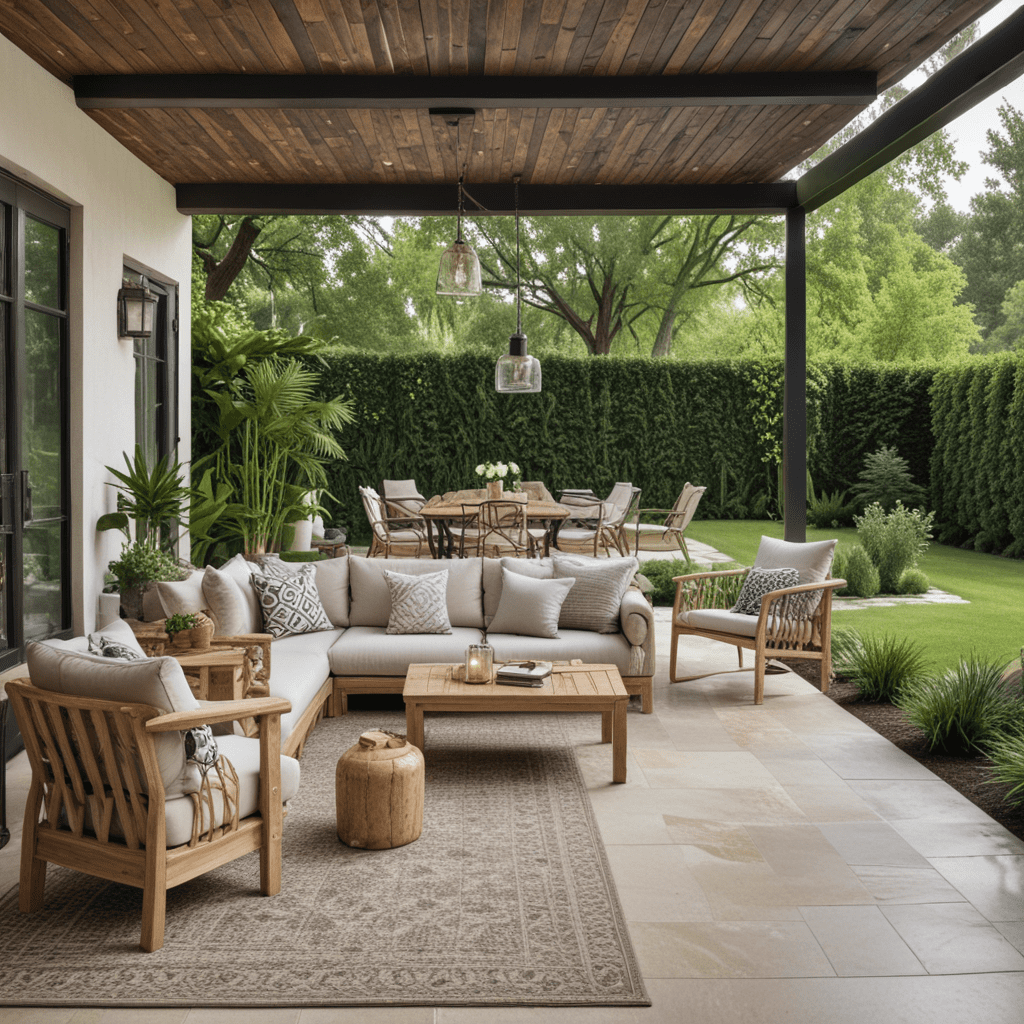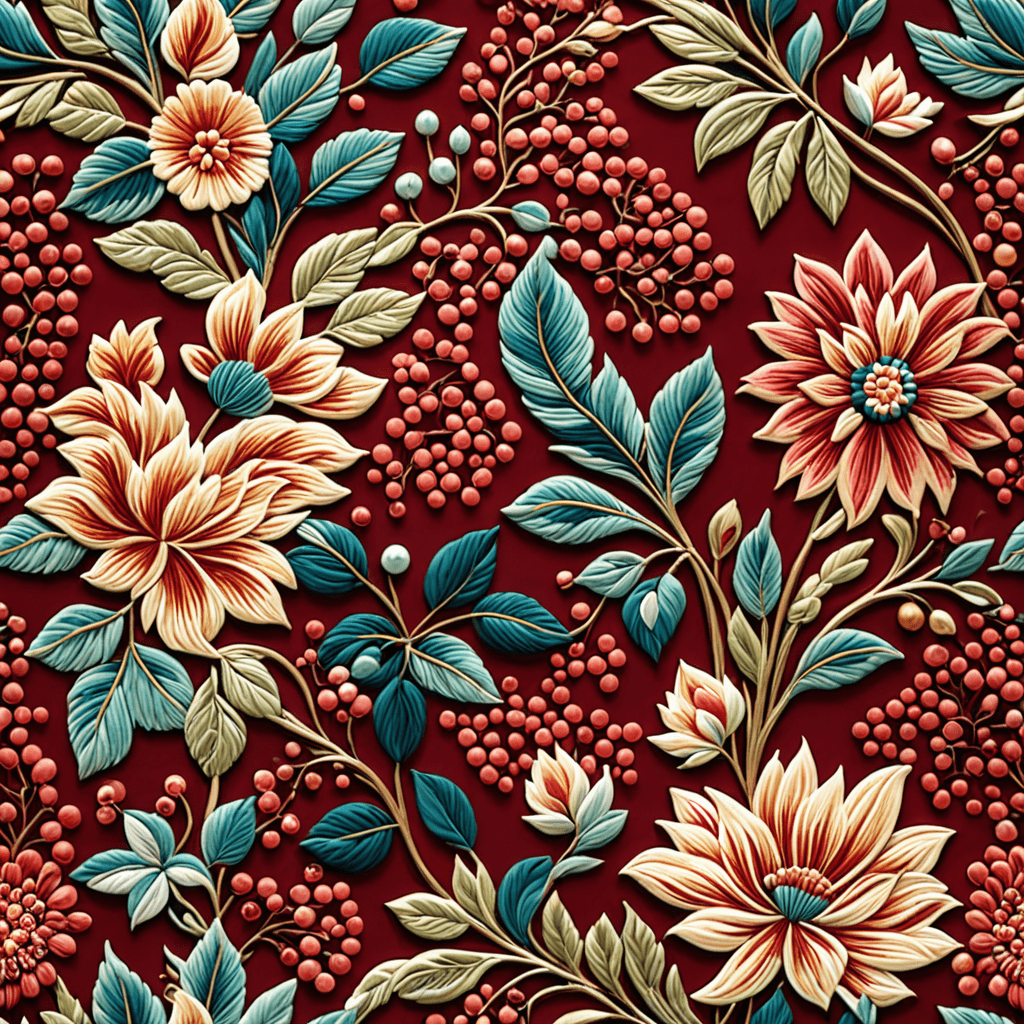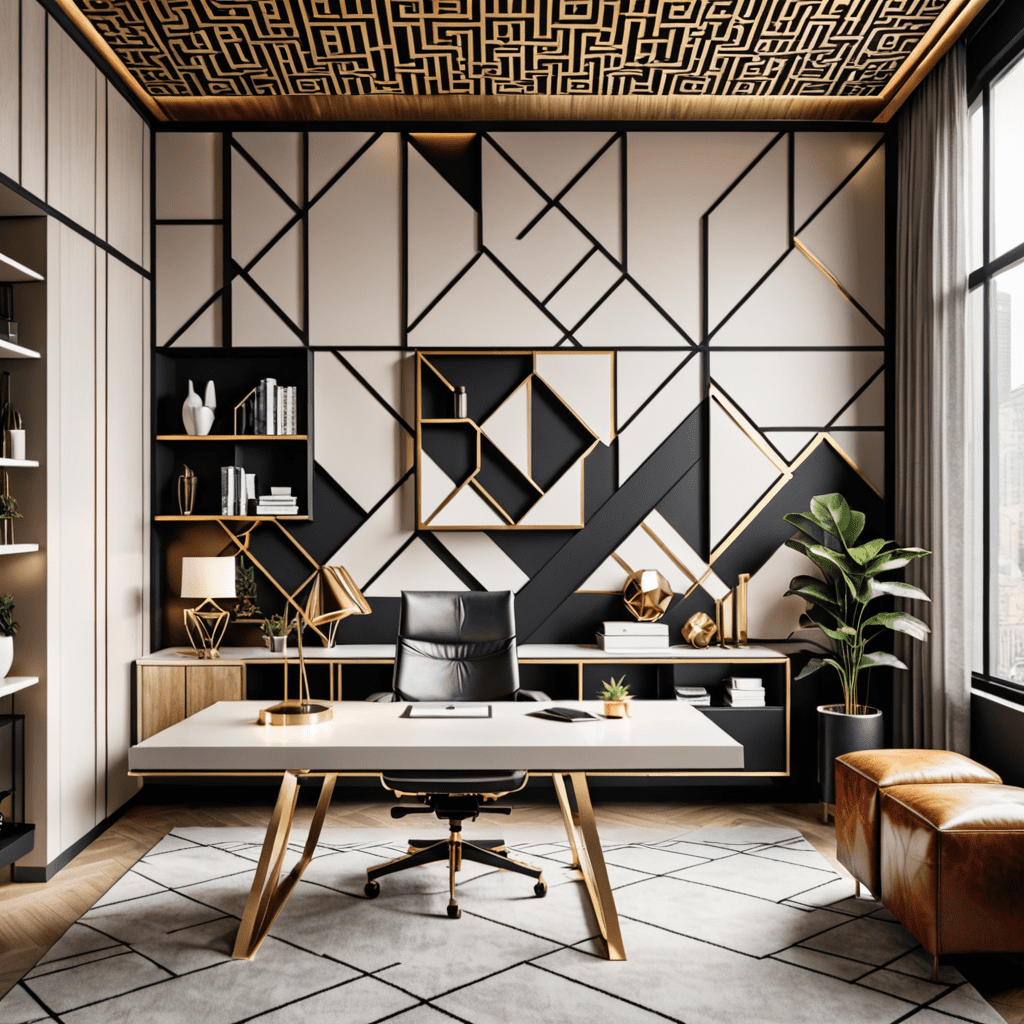The Best Tips for Danish Interior Design
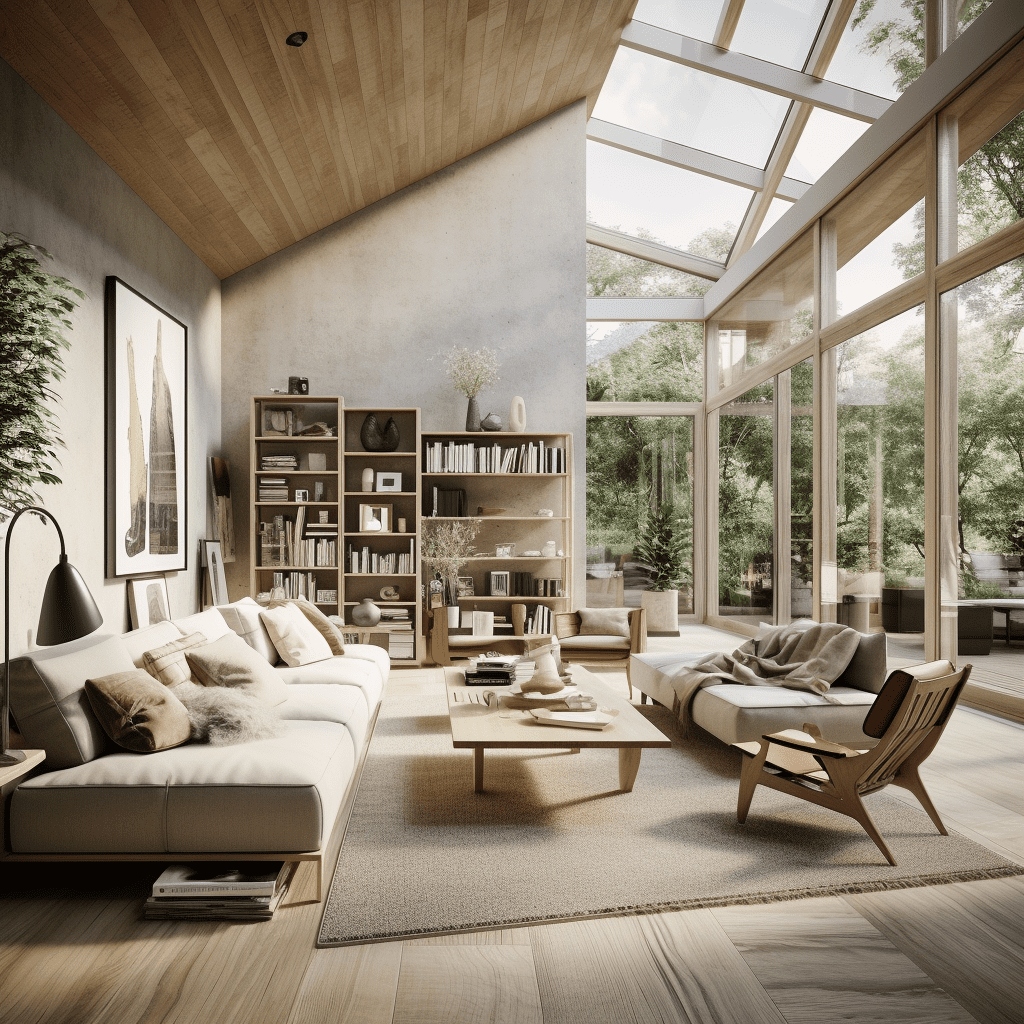

Exploring the Timeless Beauty of Danish Interior Design
When it comes to interior design, Danish style has gained significant popularity for its combination of minimalism, functionality, and timeless elegance. Rooted in the concept of „hygge,” which emphasizes coziness and contentment, Danish interior design focuses on creating welcoming and inviting spaces that promote a sense of well-being. In this blog post, we will delve into the key elements of Danish interior design and provide you with insights on how to incorporate this style into your own home.
The Essence of Danish Interior Design: Simplicity and Functionality
At the core of Danish interior design lies the principle of simplicity. Danish style emphasizes clean lines, uncluttered spaces, and a minimalistic approach in both furniture and decor choices. Functionality is another integral aspect of Danish design, as every piece of furniture or decor serves a purpose. Multi-functional and versatile items are frequently used to maximize space and enhance practicality.
Natural Materials and Earthy Tones: A Harmonious Combination
Danish interior design embraces the use of natural materials, such as wood, leather, and stone, to create a warm and inviting atmosphere. Light-colored woods, such as beech and oak, are commonly used in furniture and flooring, amplifying the sense of brightness and airiness in a space. Earthy tones, including muted shades of gray, beige, and brown, are preferred for wall colors, textiles, and accessories to maintain a calming and natural ambiance.
Embracing Light: Enhancing the Nordic Charm
Natural light is considered a crucial element in Danish interior design. Large windows and skylights allow ample natural light to flood the space, creating a connection between the indoors and outdoors. Sheer curtains or blinds are often used to maintain privacy while still allowing light to filter in. For evenings and darker periods, well-placed artificial lighting, such as pendant lights or floor lamps, create a warm and cozy atmosphere.
Striking the Balance: Mixing Modern and Vintage
Danish interior design effortlessly combines contemporary elements with vintage or retro pieces, creating a harmonious contrast. While modern furniture with clean lines dominates the space, vintage or carefully curated second-hand items add character and a sense of history. The key is to find a balance between the two styles, creating a cohesive and visually intriguing environment.
Embracing Nature: Bringing the Outdoors In
Nature plays a significant role in Danish interior design, with an emphasis on connecting with the natural world. This is often achieved through the integration of indoor plants, such as potted greenery or hanging planters, that add a touch of freshness and life to the space. Natural and organic textures, such as woven baskets or rattan furniture, further enhance the sense of authenticity and natural beauty.
FAQ: Common Questions About Danish Interior Design
Q: Is Danish interior design only suitable for minimalist homes?
A: While Danish interior design certainly embraces minimalism, it is not exclusive to minimalist homes. The principles of simplicity and functionality can be adapted to different styles and sizes of homes, allowing for versatility and personalization.
Q: How can I incorporate Danish interior design on a budget?
A: Danish interior design can be achieved on a budget by focusing on the fundamentals. Opt for simple, timeless furniture pieces made from natural materials, such as wood or rattan. Look for affordable vintage or second-hand items that add character and charm to your space. DIY projects can also be a cost-effective way to incorporate Danish elements, such as creating your own woven wall hangings or refurbishing furniture.
Q: Can I mix Danish interior design with other design styles?
A: Absolutely! Danish interior design can be blended with other design styles to create a unique and personalized space. For example, you can incorporate Scandinavian elements into a mid-century modern design or infuse Danish minimalism into a bohemian-inspired room. The key is to maintain a sense of balance and cohesion between the different styles.
Q: How can I create a cozy atmosphere in a Danish-inspired space?
A: To create a cozy atmosphere, focus on soft lighting and warm textures. Use layered lighting with warm-toned bulbs and incorporate candles or lanterns for a soft glow. Add plush blankets, textured rugs, and comfortable cushions to create warmth and comfort. Finally, consider adding personal touches, such as framed photographs or artwork, to make the space feel inviting and personal.
Q: Can I incorporate color into a Danish interior design?
A: While Danish interior design often leans towards neutral and muted tones, incorporating color is not off-limits. You can add pops of color through accessories, such as throw pillows, artwork, or rugs. Opt for subtle and nature-inspired hues, such as soft blues, dusty pinks, or earthy greens, to maintain a sense of harmony and balance within the space.
Q: Where can I find Danish-inspired furniture and decor?
A: Many furniture and decor stores offer Danish-inspired pieces, both online and in physical locations. Look for stores that specialize in Scandinavian or Nordic design, as they often carry a wide range of Danish-inspired items. Additionally, vintage and second-hand stores can be great sources for unique and authentic Danish furniture and decor pieces.
As you embark on your own Danish interior design journey, remember that the key lies in creating a space that reflects your personality and promotes a sense of comfort and well-being. Embrace simplicity, functionality, and a connection with nature to create a timeless and inviting home.

